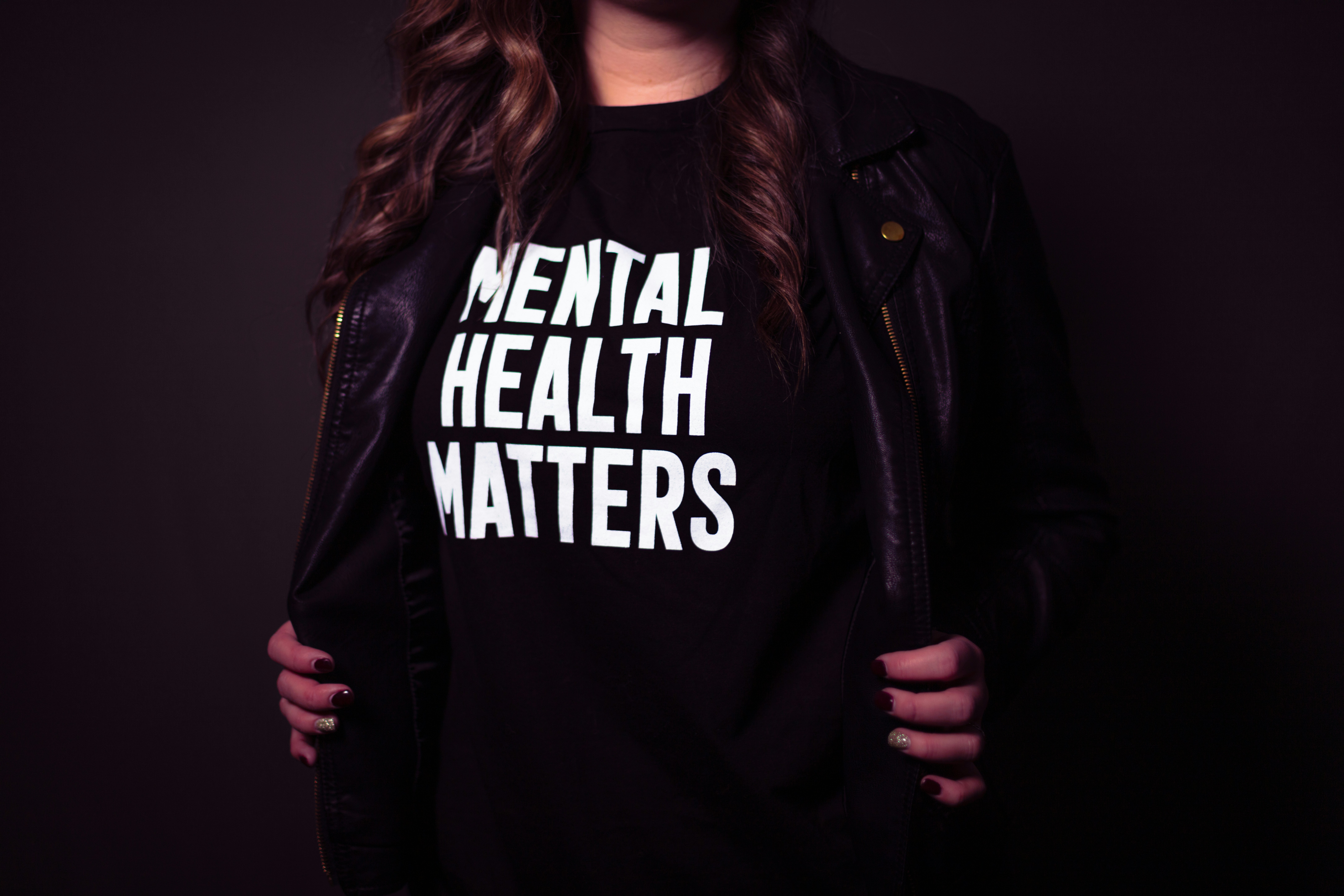Bipolar Disorder Hidden Symptoms Test 2025 US Free Online Quiz
Did you know many people with bipolar disorder experience subtle symptoms that go unnoticed, making early detection tricky? This guide reveals these hidden signs and how free online screenings in 2025 can empower you to recognize them, prompting timely professional support for better management.
Understanding Hidden Symptoms of Bipolar Disorder
While bipolar disorder is commonly characterized by mood swings between mania and depression, there are many subtle symptoms that may not always be apparent. These signs can be difficult to detect because:
- The individual continues daily functions like work, socializing, and self-care.
- Symptoms might appear in less disruptive forms or fluctuate mildly.
- Mood shifts can be gradual, leading individuals to attribute them to stress or normal mood variations.
Subtle Mood Shifts and Hidden Depression
People with bipolar disorder may experience depressive episodes that are not outwardly obvious. They may continue to manage routines, which can make it harder for themselves and others to recognize internal distress. Gabe Howard, an advocate with lived bipolar experience, shared in a podcast interview that his depression sometimes persisted beneath the surface despite maintaining typical functioning.
Symptoms of hidden depression can include:
- Persistent low mood without noticeable sadness.
- Reduced motivation that does not impair essential tasks.
- Internalized feelings of worthlessness or hopelessness.
- Sleep disturbances or changes in appetite that appear mild or inconsistent.
Hypomania and Mild Mania That May Be Overlooked
Hypomanic episodes, which are less severe and shorter than full manic episodes, can sometimes be perceived as periods of increased productivity or creativity. Because these symptoms often do not cause significant disruption or require hospitalization, they may be mistaken for elevated mood or energy. Examples include:
- Increased talkativeness or rapid thoughts without clear impairment.
- Heightened confidence or impulsivity that some may admire.
- Slight irritability or impatience sometimes attributed to personality traits.
These episodes can go unrecognized unless mood changes are observed over time, highlighting the potential role of external awareness.
Impulsive or Risky Behaviors During Episodes
Impulsivity is a feature associated with manic episodes and may include:
- Unexpected spending.
- Participation in risky activities or poor decision-making.
- Increased agitation or irritability during mood episodes but not in stable periods.
Such behaviors may help differentiate bipolar mood episodes from typical stress responses or personality traits.
Psychosis and Its Recognition
Between approximately 50% and 75% of individuals with bipolar disorder experience psychotic symptoms such as hallucinations or delusions during mood episodes. These symptoms can sometimes be underrecognized or misdiagnosed, particularly in certain communities. Recognizing psychosis as a possible component of bipolar disorder is important for appropriate care.
Variations Across Bipolar Subtypes
- Bipolar I Disorder: Characterized by full manic episodes, often accompanied by depression and hypomania.
- Bipolar II Disorder: Involves hypomanic episodes and major depression but no full mania; more commonly diagnosed in individuals assigned female at birth.
- Cyclothymia: Features milder mood swings without full manic or depressive episodes but may cause distress over longer periods.
Each subtype presents differently, which can influence how symptoms may be identified or missed.
Special Considerations: Age, Gender, and Life Changes
- Women: Bipolar disorder may present later in life for some women (20s-30s), potentially linked to hormonal changes such as pregnancy or menopause. Symptoms during these periods may be less apparent.
- Children and Teens: Diagnosing bipolar disorder in young people can be challenging due to overlap with other conditions like ADHD and normal adolescent mood changes. Some symptoms may be mistaken for typical developmental behavior.
- Relapse After Stability: Individuals who have been stable for years may still experience subtle signs of relapse that might be noticed by others before the individual themselves.
Why Self-Awareness Alone May Be Insufficient
As noted in Gabe Howard’s personal account shared in the Inside Bipolar podcast, even those experienced with bipolar disorder can sometimes overlook early signs of relapse. Family or friends may observe changes, while the individual may attribute symptoms to stress or fatigue. Delays in accessing medical care, such as waiting to see specialists, can add to these challenges. These factors underscore the potential benefit of early self-screening and community support.
Using a Free Online Bipolar Disorder Hidden Symptoms Test
What the Test Provides
In 2025, free and confidential bipolar disorder screening tools—such as those available on HealthCentral.com—serve as resources to:
- Encourage self-reflection on symptoms, including subtle signs.
- Support earlier recognition of mood pattern changes.
- Help guide the decision to seek professional evaluation.
These quizzes are screening tools and not intended to provide a diagnosis but may help individuals consider consulting qualified healthcare providers.
How to Use the Test
- The tests are free and do not require insurance.
- Accessible online via various devices.
- Typically involve questions about mood swings, behaviors, and emotions.
- Results usually indicate whether further evaluation by a professional is advisable.
Steps After the Test
If results suggest possible bipolar symptoms, consulting a qualified mental health professional for a comprehensive assessment is recommended. Early professional evaluation can assist with appropriate diagnosis and management.
Practical Suggestions for Managing Subtle Bipolar Symptoms
- Track Mood Changes: Use a mood diary or app to monitor subtle shifts.
- Seek Support: Share concerns with trusted friends or family members.
- Maintain Routine: Regular sleep, balanced nutrition, and exercise may support overall well-being.
- Follow Treatment Plans: Discuss any symptoms or changes with healthcare providers promptly.
- Educate Yourself: Learning about bipolar disorder’s varied symptoms can aid in recognition and reduce stigma.
Final Remarks
Subtle symptoms of bipolar disorder can be challenging to identify even for individuals living with the condition. In 2025, free online screening quizzes available in the U.S. like HealthCentral’s bipolar disorder screening test offer an accessible way to learn more about potential symptoms. Early recognition can encourage timely consultation with healthcare professionals and support improved management.
If you or someone you know experiences unexplained mood changes, considering a free online screening may be a helpful initial step. Remember, bipolar disorder is a condition that can be managed with appropriate support, treatment, and awareness.
Sources
- HealthCentral Bipolar Disorder Screening Test
- Healthline: Everything You Need to Know About Bipolar Disorder (2025)
- PsychCentral: Inside Bipolar Podcast – Relapse Personal Journey (2025)
Disclaimer: All content, including text, graphics, images and information, contained on or available through this web site is for general information purposes only. The information and materials contained in these pages and the terms, conditions and descriptions that appear, are subject to change without notice.




